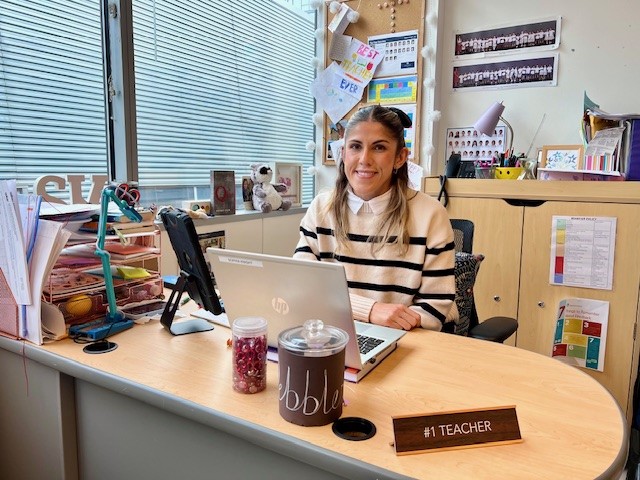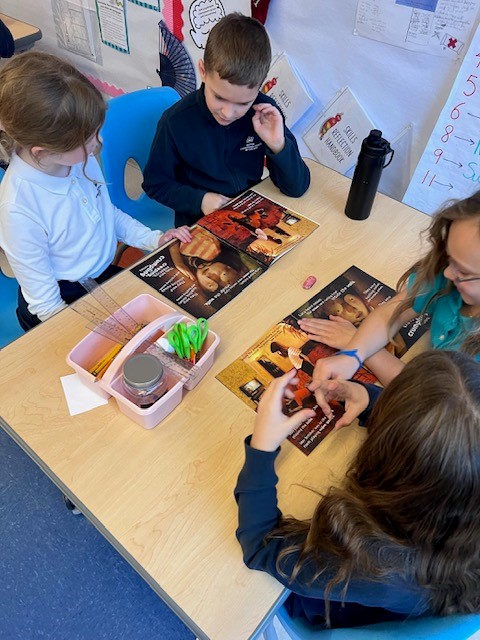We use cookies to improve your online experiences. To learn more and choose your cookies options, please refer to our cookie policy.

How can a positive classroom culture be built and grown?
A couple of years into my career, I remember asking myself this question. Up until this point, my focus has been on maximizing academic progress, designing engaging and innovative lessons, and reacting to the behaviors of my students. I began to wonder whether there was more I could be doing to create a positive classroom culture?
I explored this concept further, reading broadly about the subject and a theme began to emerge: relationships. As soon as I began to approach my classroom management with the concept of relationships at the forefront, as my utmost priority, the culture in my classroom was transformed.

Human connection is essential to our health and wellbeing. Research shows that humans who experience closeness, consistency, and trust in their relationships, release more oxytocin which has many positive effects on brain development. This, in turn, is conducive to learning and growth. It also increases all stakeholders’ sense of community and belonging. This increases the likelihood that students will engage positively at school. We rely on others for approval, decision-making, problem-solving and social support. As a critical part of our identity development, we lean on relationships to support our transition through every stage of life.
After some thoughtful reflection, I incorporated these practices into my classroom as a non-negotiable:
Prioritize getting to know students as individuals, not just as part of a collective.
Model and teach kindness by utilizing uplifting language and respectful interactions.
Nurture a Growth Mindset by encouraging students to embrace challenges and frame errors as opportunities to learn, focusing on the effort and ‘journey’ involved as opposed to the outcome.
Acknowledge and appreciate when students demonstrate positive values towards themselves and others. Celebrate this with the whole class and encourage continued behavior.
.jpg?h=466.5&w=694.5&rev=5ceee1d4e70044d6b4d5c2fc06708ff4&hash=7EFFB65D9CD6740F684D6E70CB518BAF)
Co-create appropriate, fair and consistent expectations and responsibilities.
When negative behaviors arise, use restorative conversations to establish four things:
This encourages all to take responsibility and address harms, needs, and obligations.
‘We, us, and our’
Selfishly, relationship-building is the best part of the job for me! I spend most of my time with my students, meaning I get to reap the rewards of a positive classroom culture too. After all, we are a team.
Allen, Kelly-Ann, PHD (2022) The Power of Relationships in Schools: Growing and nurturing student belonging. Psychology Today.
The Advancement Project (2014) Restorative Practices: Fostering Healthy Relationships & Promoting Positive Discipline in Schools.
Sophia Knight
Year 5 Teacher & Primary Curriculum Director